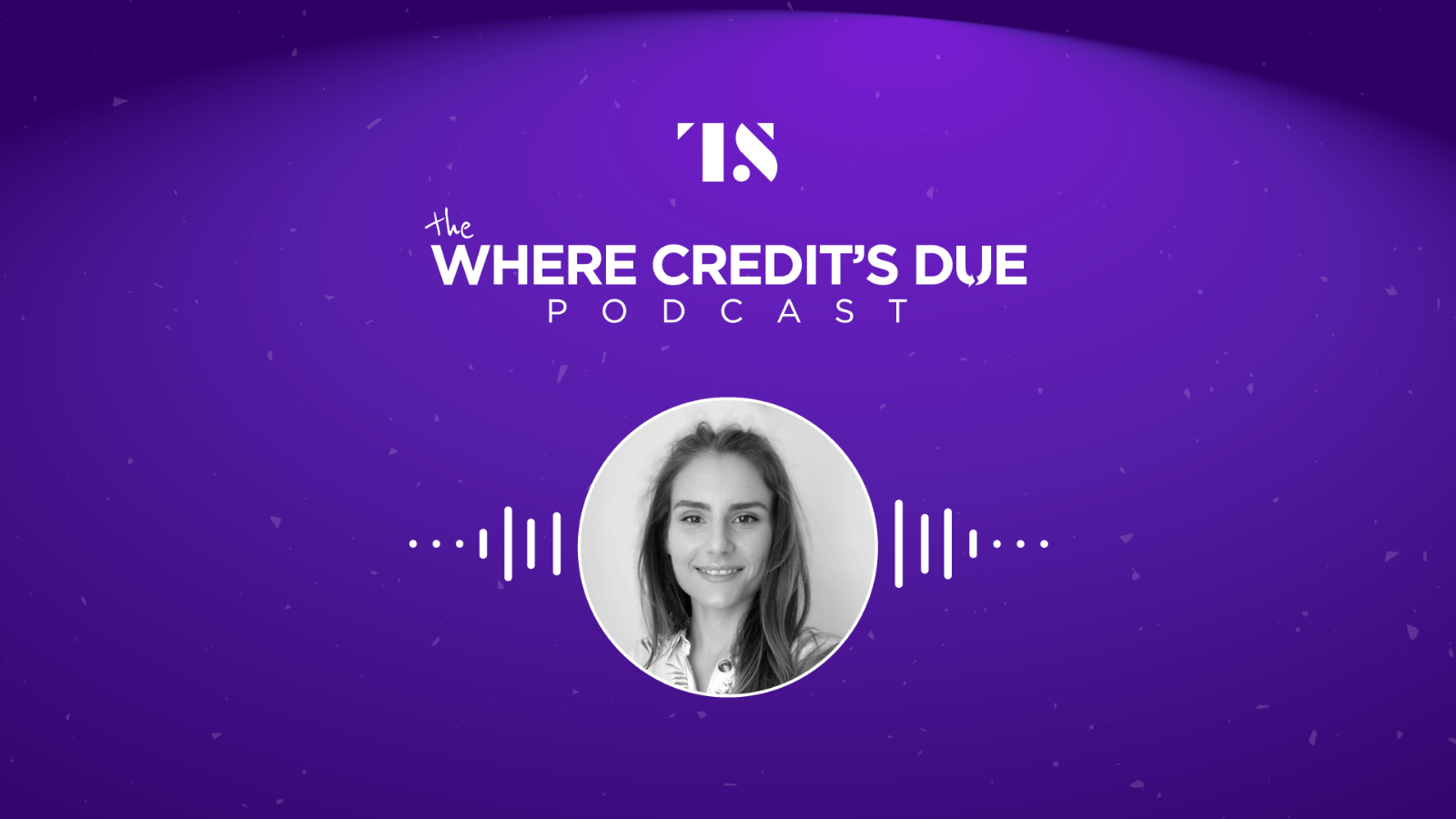Podcasts, Where Credit's Due Podcast
Tearsheet’s Where Credit’s Due podcast Ep. 1: Credit for the underbanked
- Welcome to Where Credit's Due, Tearsheet's new podcast covering the latest developments in the US lending industry.
- In this first episode, we talk to Nova Credit and Tomo Credit about how they're working to help more people start their credit journey in the US.





